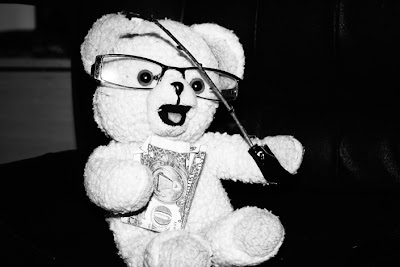Composition: I really wanted to show emphasis on the apple and how real and natural it look. I wanted to have it in the middle definitely.
Concept: I think with this photo I most wanted to just capture beauty in its natural form. Of all of my pictures I think I just wanted to take one that looked like a real professional photograph.
Method: I made a dramatic contrast to set a better tone for the photo.
Motivation: My goal was to photograph take this picture of an apple and show its crisp freshness. Especially with the close up of the water droplets.
Context: I think this photo relates to stock photography. I could see this as a background or on something someone uses. I'd also think it'd look cool as part of a nature campaign or organic foods campaign.
Interpretation: Others liked the fresh look of the photo.
Evaluation: The class thought I should up the contrast, which I did for the purposes of this blog.
Extension: I could make a series foods or ripe juicy fruits.
Composition: I liked the idea of the Cola bottle in the front as emphasis and electronics in the back.
Concept: I wanted to do a Coca-Cola ad, just plain and simple. After a long day of messing around with technology, you have a Coke to fall back on.
Method: I set the scene up to make it more familiar. Like this could be going on in your house. I didn't want to use the crazy Coca Cola font because that would have messed up the mood I was trying to create. The Coca Cola font is a little too cheery and fun. I wanted the font to look as if the ad was speaking to you.
Motivation: The goal was to get a classic Coke like out in a way that appeared to be a real ad.
Context: This photo can be related to photographers that take photos for advertisement. The decisions made in the creation process are so important. I think ads are always apart of social and psychological issues because the psyche is what you must learn to play upon when you create an ad. Even if the product is not very good for you.
Interpretation: Others though that the image looked like a Coke ad
Evaluation: Others wanted to see more Coca-Cola font. They thought the contrast and composition was good.
Extension: I could make a series of ads for Coca-Cola or other beverages.
Composition: This was the last image that was taken. I was shocked because it was also the perfect one. I like the tilt of the character.
Concept: I lwanted to make fun of fashion, shopping, and credit cards.
Method: I put on alot of different clothing to signify trying to catch up with every trend. I wanted to carry alot of bags and make it appear as if I had too many things. The text was all humor in mocking how people spend so much money they don't really have through use of credit cards because fashion ads and credit card ads make it seem like its no big deal.
Motivation: My goal was to give a sense of humor with the ad. It looks like a Visa ad at first glance, but the text is actually boldly telling the truth about what happens with credit cards sometimes.
Context: This photo is an ad that can be placed in social issues. The economy is pretty bad, yet fashion and expensive clothing is still being widely promoted.
Interpretation:Others knew this was a credit card ad. Mainly because of the logo.
Evaluation: I was told the ad was realistic and funny.
Extension: I could make a series of ads that look like the real thing but is actually making fun of the real thing.
Composition: I thought it would be interesting to cut off some of the can and make it an extreme close up. I also liked the off-center look.
Concept: My concept was to create an ad that didn't need words. If you looked at this in a magazine, you would immediately know what was being sold. Minimalism.
Method: I like creating dramatic contrast because I feel it elicits more feeling in the viewer.
Motivation: My goal was to try to create an ad that speaks for itself. Not alot of ads do this successfully. You're not sure what is being promoted.
Context: This photo relates to magazine ad photographers. I could see this as part of a two-page ad. One side would be the words only because, but the other side would just be the can... nothing else needed.
Interpretation: Everyone else got exactly what the ad was. They liked that it didn't need words.
Evaluation: Others thought it would be cool if a hand was there popping the top.
Extension: This could tie in to my series about beverage ads.
Composition: I cropped mostly for convenience. Some things in the actual photo was not working for me. Overall, I think it came out ok.
Concept: The concept was to capture pouring water to show something that's everyday in a peaceful setting.
Method: I wanted to create a contrast between the glass, the water, and the background tile.
Motivation: The goal was to give a sense of action to the photo. You can almost feel that the water is actually being poured.
Context: I took this photo with stock photography in mind. I feel like someone could just search pouring water, and find this is what they need.
Interpretation: Others thought the frozen motion was cool.
Evaluation: The photo would be a bit better with a better contrast to the top portion.
Extension: I could make a series of actions being done everyday, but photograph them so that they have a sense of beauty.


















































